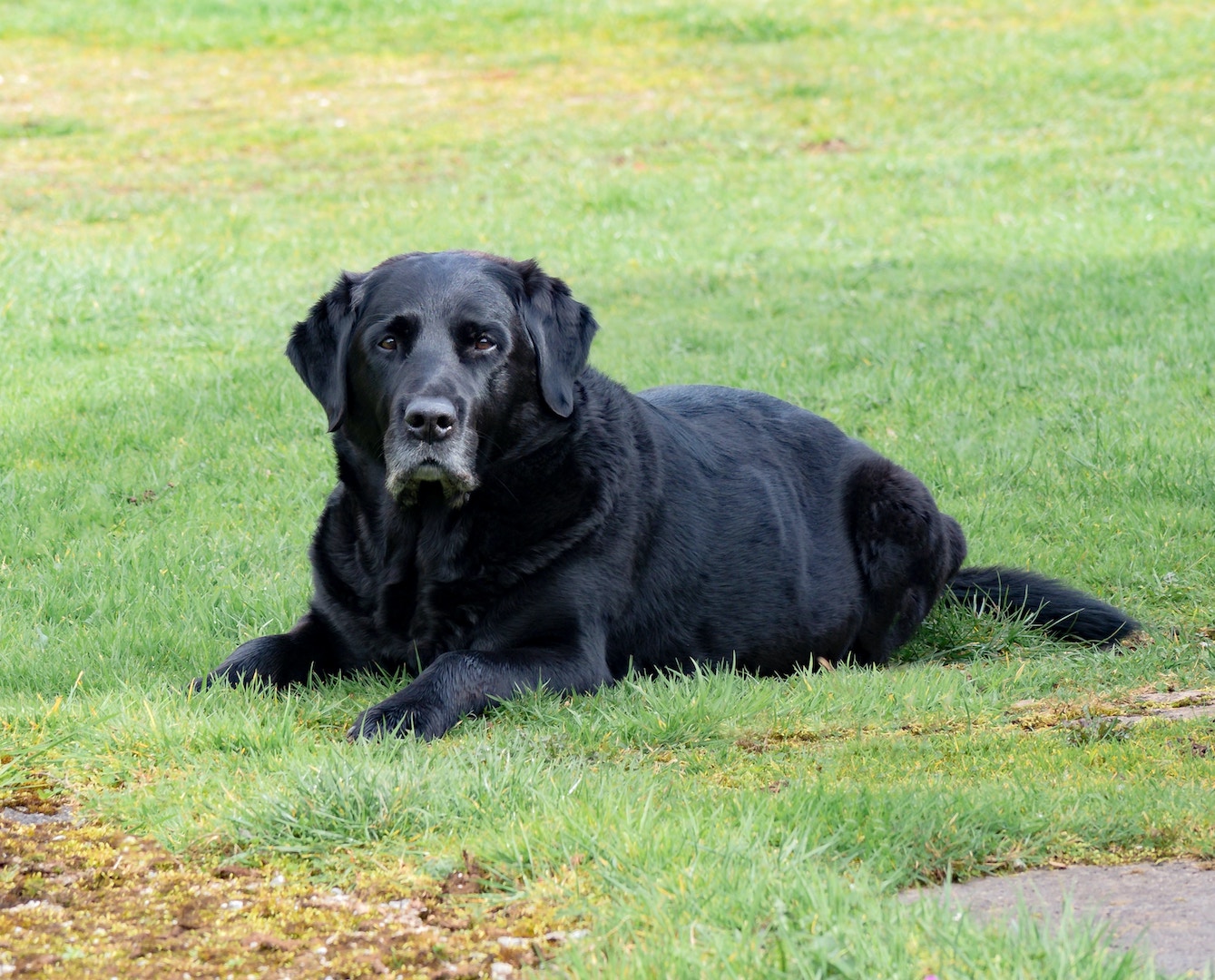Six weeks of social distancing, isolation, and uncertainty (with no clear end in sight) can understandably worsen mental health issues. TEDxMileHigh speaker Matt Vogl argues that, contrary to public belief, technology can help. Read on to learn more about the mental health technology used in prisons across the nation to improve depression in confinement.
How Virtual Reality Can Improve Your Mental Health
Depression is often an invisible illness. In fact, some of the funniest people, like retired comedian Matt Vogl, silently suffer from its effects. While succeeding as a comedian, Vogl was the most depressed he had ever been, and at one point had made plans to end his life.
“A lot of comics I knew were the same way. Night after night, we’d go on stage and tell drunken stories about how much our lives sucked and how miserable we were, and people laughed. They didn’t know we were serious.” – Matt Vogl
Thanks to a neighbor who intervened to save his life, Vogl is able to tell his story today. It begins with a deep understanding of just how terrible the mental health system is in the U.S.
Flaws in the U.S. Mental Health Care System
Eighty percent of people who experience mental illness in the U.S. do not receive adequate care. As Vogl explains, “We wait until someone’s dangerously sick, and then we scramble to find them care in a system that’s already overwhelmed.” There are simply too many people who need help. Creating more mental health clinics, Vogl believes, is not the solution.
“It turns out that’s kind of like addling lanes on the highway. It will ease congestion for a short period of time, but then, as more people start to drive, it gets worse than before.” – Matt Vogl
After receiving a Type II Bipolar Disorder diagnosis, Vogl founded the National Mental Health Innovation Center. He wanted to challenge the general view that technology is the enemy of mental health. Similar to TEDxMileHigh speaker Romain Sepehr Vakilitabar and his development of empathy technology, Vogl asked, “What if technology could be part of the solution?” When the Alaska Department of Corrections asked Vogl and his team to help manage mental health issues in prisoners, the center had an opportunity to test this theory.
Mental Health Issues in Prisons
Like other prisons throughout the U.S., the Spring Creek maximum security prison in Seward, Alaska, has a mental health problem.
“In prison, sometimes the staff have to resort to things like sedating medications, or even worse, the use of solitary confinement to control inmate behavior.” – Matt Vogl
Solitary confinement is far from a solution to depression. The intense isolation can create long term health impacts like deteriorated eyesight and a disconnection from reality. These effects, paired with Alaska’s lack of sunlight in the winter, put Alaskan prisoners at a higher risk of mental illness. Lack of sunlight, Vogl explains, can disrupt a person’s mood or sleep. It can cause someone to stay inside more, socialize less, and even become more violent and suicidal. Vogl and his team thought meditation, specifically using virtual reality, could help.
Meditation Mental Health Technology
Meditating in prison, with its close quarters, can prove difficult. Virtual reality, Vogl explains, can help transport meditating inmates to a place outside of the prison walls.
“In virtual reality, your brain processes the virtual image much like it does a real image. The image in the headset stimulates your visual cortex, the headphones stimulate your auditory cortex, and the hippocampus organizes everything spatially. The resulting sense of presence effectively tricks your brain into thinking that you’re actually there.” – Matt Vogl
With virtual reality, inmates can meditate anywhere they want to, whether that’s on the beach, in the woods, or next to a peaceful waterfall. The results were stunning. One man who had been in jail for over 40 years tried the VR and was instantly transported to a sunny mountainside. When he removed the headset, there were tears in his eyes. “I forgot what free felt like,” he said.
“Another guy told us that the total sense of peace and calmness that he felt in VR was something he had never experienced in prison.” – Matt Vogl
As his center continues to develop software, Vogl hopes to create more personalized content. Perhaps an inmate could meditate in a place that feels more like home. He explains, “A native inmate could meditate in the Inuit village where he grew up or even participate in traditional ceremonies.”
Over time, the team believes this program can lower the use of solitary confinement and sedation medications in prisons. The next phase is tackling recidivism.
The Future of Mental Health Technology
According to Vogl, over 70 percent of inmates released from prison will return. More often than not, the inmates are not prepared for the real world.
“If you’ve been in prison for, say, 30 years, basic tasks that we take for granted—like crossing a busy street or using the self-checkout at the grocery store or going on a job interview—can trigger fear, panic, and anxiety.” – Matt Vogl
Personal space is violated in various parts of daily life, something inmates are not accustomed to in prison. One inmate experienced this while holiday shopping at Walmart. Someone bumped into him, violating his personal space. As a result, he snapped and returned to prison.
What if we could use virtual reality to help prisoners prepare for these situations? Today, Vogl and his team are creating a series of VR experiences that can help inmates develop critical skills before leaving prison. For example, resolving domestic conflict, doing a job interview, or de-escalating an encounter with a stranger.
Improving the U.S. Mental Health Care System
If virtual reality is working in prisons, who’s to say it can’t work in the rest of the U.S. mental health care system? There are endless applications. Clinics currently use VR for exposure therapy and pain management for kids.
“Technology isn’t the enemy of mental health; it’s a scalable solution. I know because we’re seeing it work. And in this way, we can make life better, for me, for inmates in Alaska, and for everyone else caught in that bumper-to-bumper traffic.” – Matt Vogl


















